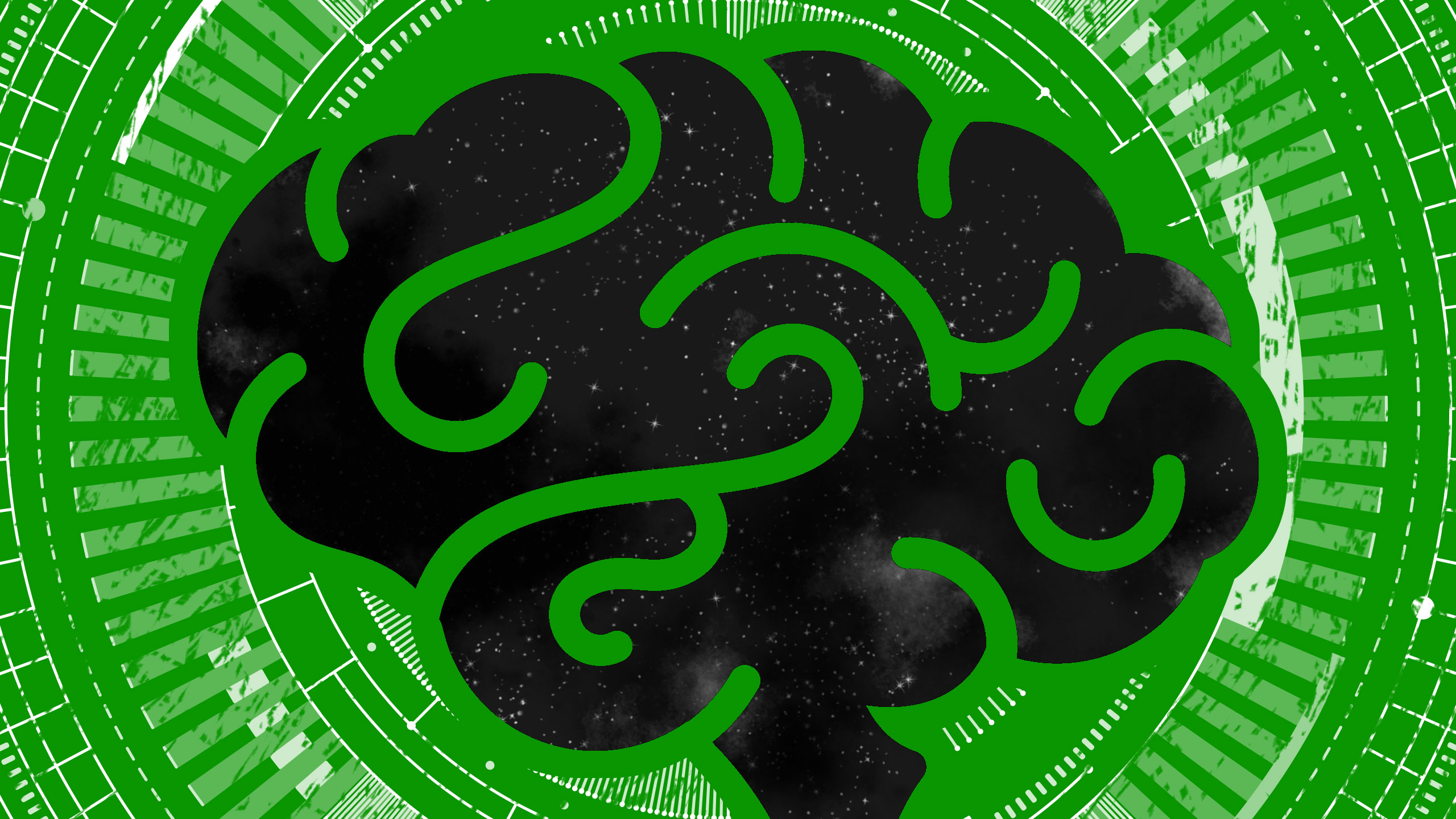
(2007) concluded that experts were more accurate in their decision making relative to their lesser skilled counterparts and anticipated their opponents' intentions significantly quicker than less skilled participants suggesting that the use of advanced perceptual cues facilitates sport performance by means of aiding in the anticipation of opponent's actions and decreasing overall response time. In their meta-analysis of 42 studies Mann et al. Indeed, the decision-making ability seems to be more consistently associated with expert athletic performance compared to novices. The researchers further suggested that training of higher information processing skills (i.e., as prediction/anticipation, recall, cognitive strategy and decision making) may be of central importance to enhanced athletic performance. In their meta-analysis Ciuffreda and Wang (2004) delineated 5 major visual categories thought to be important for sport-specific performance which included static and dynamic visual acuity, depth perception, tracking of moving objects (version and vergence), visuo-motor integration (i.e., eye-hand coordination) and visual information processing (selective attention, anticipation, visual imagery and decision making).
Over the past several decades, there have been numerous studies involving training or enhancement of normal vision function with the almost unanimous conclusion that most visual functions can be improved by specific laboratory-based vision training paradigms (i.e., repeated practice of some highly specific task Ciuffreda and Wang, 2004).
NEUROTRACKER COST SOFTWARE
Which comes first in Sports Vision Training: the software or the hardware update? Utility of electroencephalographic measures in monitoring specialized visual training in youth athletes. There is also some evidence of the greater effectiveness of the software-hardware training order possibly due to the improved preparedness of the oculomotor system in the youth athletes for administration of targeted protocols of the Optometric Vision Therapy. The observed changes in the electrophysiological indexes in the present study are thought to reflect greater efficiency in visual information processing and cognitive resource allocation following 10 weeks of visual training. Both training orders also resulted in significant decreases in post-treatment P100 amplitude to transient VEP stimuli as well as decreased theta-gamma ratios for perception span, Go/No-Go and Hand Reaction time. Additionally, the software-hardware training order resulted in significantly lower frontal theta-to-gamma amplitude ratios on the Nike/Senaptec test of Near-Far Quickness as well as in faster P100 latencies. After 10 weeks of training both groups significantly improved their performance on all but one measure of the Nike/Senaptec Sensory station measures. For group 2 (software-hardware) the order of procedures were reversed. Group one (hardware-software group) completed 5 weeks of oculomotor training first followed by 5 weeks of software training.

In a cross-over design 53 youth ice hockey players (ages 13–18) were randomly assigned to one of the two training groups. We hypothesized that administration of OVT protocols before SVT training may result in larger performance improvements compared to the reverse order due to the initial strengthening of visual hardware capable of handling greater demands during training of visuomotor integration and information processing skills (visual software). In the present study we combined popular methods of sports vision training (SVT) with traditional oculomotor protocols of Optometric Vision Therapy (OVT) and electrophysiological indexes of EEG and VEP activity to monitor training progress and changes in performance of youth ice hockey players without the history of concussion.

Dmitri Poltavski 1 *, David Biberdorf 2 and Carolina Praus Poltavski 1


 0 kommentar(er)
0 kommentar(er)
